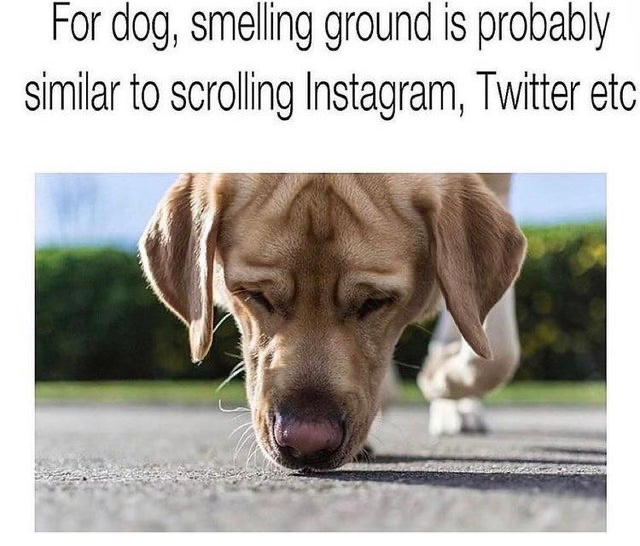- cross-posted to:
- technology@lemmy.zip
- cross-posted to:
- technology@lemmy.zip
Oral-B released the Guide for $230 in August 2020 but bricked the ability to set up or reconfigure Alexa on the product this February.
The Guide toothbrush’s charging base was able to connect to the Internet and work like an Alexa speaker that you could speak to and from which Alexa could respond. Owners could “ask to play music, hear the news, check weather, control smart home devices, and even order more brush heads by saying, ‘Alexa, order Oral-B brush head replacements,'” per Procter & Gamble’s 2020 announcement.
On February 15, Oral-B bricked the Guide’s ability to set up Alexa by discontinuing the Oral-B Connect app required to complete the process. Guide owners can still use the Oral-B App for other features; however, the ability to use the charging base like an Alexa smart speaker—a big draw in the product’s announcement and advertising—is seriously limited.
The device should still work with Alexa if users set it up before Oral-B shuttered Connect, but setting up a new Wi-Fi connection or reestablishing a lost one doesn’t work without Connect.
Recently, music-streaming app company Spotify similarly announced that it’s discontinuing its first and only hardware this December. Spotify’s Car Thing originally cost $90 when released to the general public in February 2022. Even companies dedicated to smart home products entirely can meet an abrupt demise, and if a company suffers from poor communication skills, customers can be left in the dark.
Meanwhile, Oral-B is pushing its latest toothbrush to capitalize on the latest AI tech trend. Without real detail, Oral-B claims its new $400 toothbrush has "AI position detection that tracks where you brush across all 3 surfaces of your teeth.” Like many, I’m skeptical about the toothbrush’s incorporation of actual AI; notably, P&G declined to comment to The Washington Post on what, exactly, makes the toothbrush “AI.”
Me, watching a cheap Chinese electric car get its battery hotswapped at a service station: Mom, can we get some technological innovation?
Mom: we have technological innovation at home
The technological innovation at home:
Capitalists coming for your toothbrush
 Oral-BS
Oral-BSLook, I’m normally on the side of the consumer, but what kind of freak buys an AI toothbrush?
I had to get a new washer and dryer recently, and the premium models all advertised AI functionality and WiFi
Surely they’re just using AI as a buzzword for like, detecting how full or dirty the load is, right??
Literally yes lol
AI Opti Wash & Dry™ detects both fabrics and soil levels to adjust settings and deliver a better wash and dry.
Built-in fabric sensors powered with AI select optimal wash motions and settings, so you’re never left guessing.
Just a couple examples of copy advertising the features from different brands. Like, just read the care tag - it’s not hard and takes 2 seconds. There’s even symbols so you don’t even have to read anything.
My old-ass washing machine uses fuzzy logic (I don’t know what for), so in a way it’s AI powered.
Brushless DC motor driver with PID controller - AI
Front door rubber seal - Cutting edge material science technology
Transformer in the power supply - Wireless connectivity
The same people that buy Cybertrucks
in gommunism we “take ur toothbrush”
in crapitalism we take data on ur toothbrushing habits
My AI toothbrush warning me “I’m sorry Dave but this is a crime” while I mod it into an electric lock pick, stfu alexa
This reminds me of how a lot of tech companies were slapping “machine-learning” on a bunch of stuff a few years ago.
Alexa is a voice assistant, right?
You know what the one thing I can’t do with a toothbrush in my mouth is?
TALK
Will the AI toothbrush feel sadness when I shove it in my ass?
I’m sorry Dave, I can’t do that
i’m sorry but if you need a smart toothbrush you need to fucking be dragged through the streets. my sonicare toothbrush with a single button still works after like 10 years
on the one hand technology shouldn’t stop working because a company gave up on supporting it
on the other hand if you buy an Alexa toothbrush you deserve to be fleeced
I’ve literally never spent more than 99 cents on a toothbrush I don’t think. Usually get them free from dentist but sometimes you need a spot replacement
A basic electric toothbrush is good but if it contains anything other than a motor and a button to turn it on or off (and maybe a pressure sensor that warns you if you’re brushing with too much force) it clearly crosses the line into bazinga-brained bullshit
I appreciate the advice and im sure its true but you’re starting to sound a lot like my dentist not gonna lie
You will use the electric toothbrush! You will floss 84 times a day!
2nd for a basic electric, it does the job much better than a normal brush. one with a simple motor does the trick.
Alexa toothbrush sounds like a really dumb idea.
Toothbrush stops brushing automatically, I just start moving my arm to compensate.



















